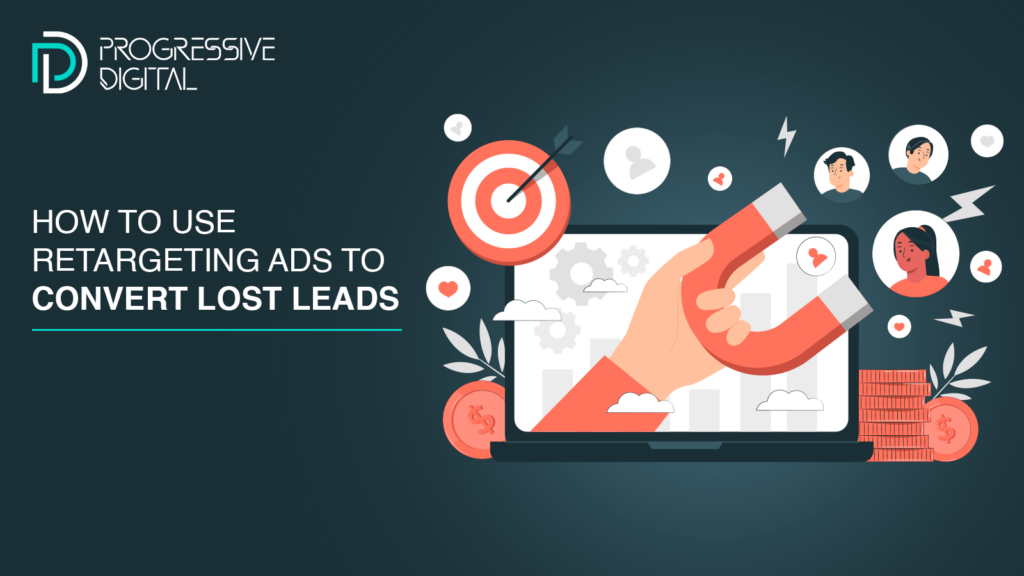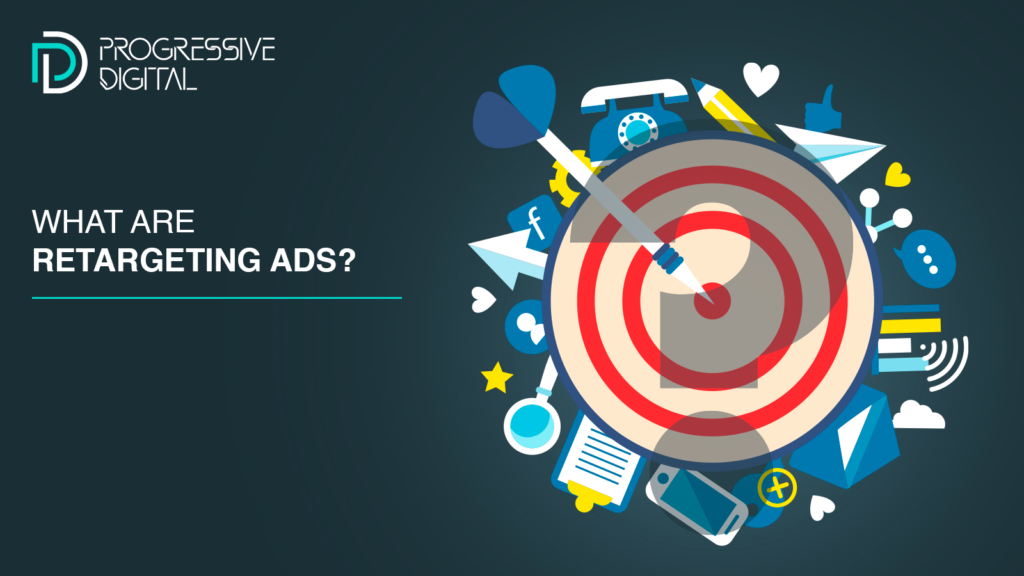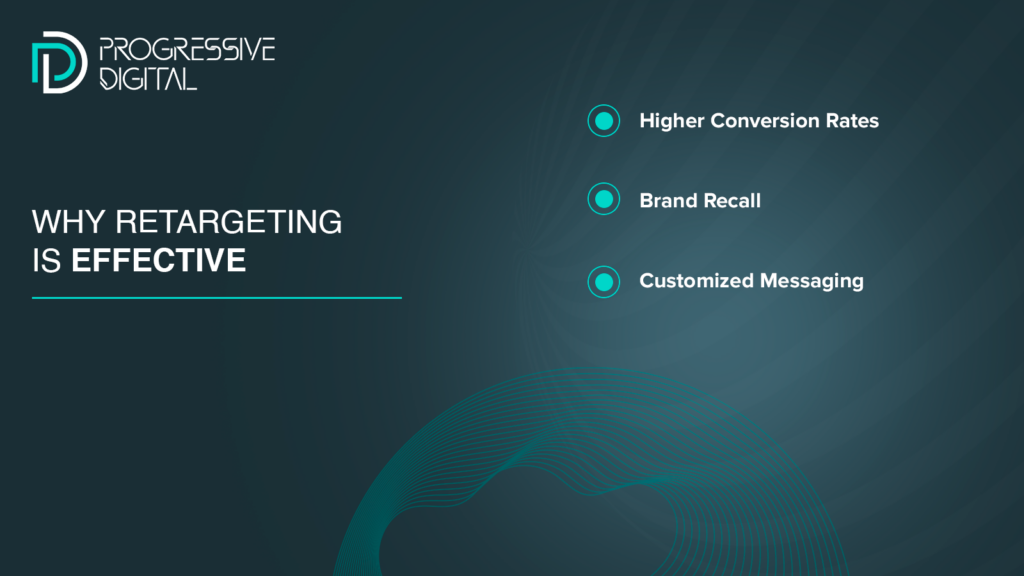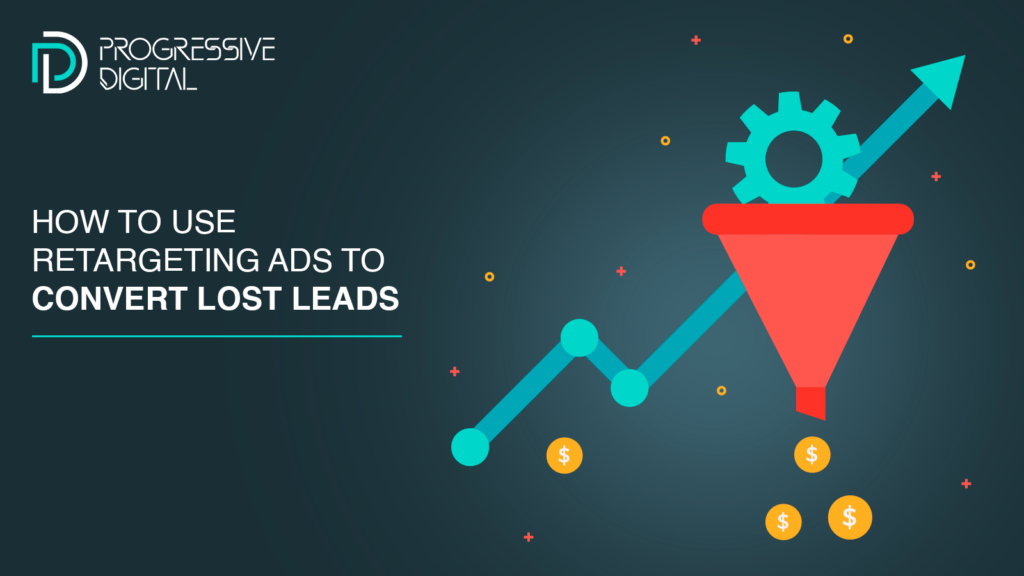What Are Retargeting Ads?
Retargeting ads are a type of online advertising designed to reach users who have previously visited your website but did not complete a desired action (such as making a purchase or signing up for a newsletter). Retargeting works by using cookies to track website visitors. When they leave your site without converting, the cookie enables your ads to follow them across the web on other sites, social media platforms, and even in search engine results.
The goal of retargeting is to remind these users of the products or services they showed interest in and encourage them to return and complete their action.
Example of Retargeting in Action
Imagine you visit an online store to check out running shoes, but you don’t make a purchase. Later, as you browse other websites or social media platforms, you start seeing ads for the same pair of shoes or related products. These are retargeting ads, gently nudging you to come back and complete the purchase.
Why Retargeting is Effective
Retargeting ads are highly effective because they focus on people who have already shown interest in your products or services. These users are familiar with your brand, and the ads act as a reminder to take action. Here are some key reasons why retargeting works:
1.Higher Conversion Rates: Since retargeting focuses on people who have already interacted with your brand, the likelihood of conversion is much higher. According to data from Criteo, website visitors who are retargeted with ads are 70% more likely to convert compared to those who are not.
2.Brand Recall: Retargeting keeps your brand at the top of a potential customer’s mind. Even if they don’t immediately convert after seeing a retargeting ad, the repetition helps build brand awareness and trust over time.
3.Customized Messaging: Retargeting ads allow you to show personalized content based on the user’s interaction with your website. For example, if a user viewed specific products, you can display those products in your ads. This personalized approach is proven to increase engagement and drive sales.
How to Use Retargeting Ads to Convert Lost Leads
Effectively using retargeting ads requires strategy, data, and personalization. Below are some best practices to help you convert lost leads with retargeting:
1. Segment Your Audience
Not all website visitors are the same. Segmenting your audience allows you to target users based on where they are in the sales funnel. For instance, someone who viewed a product page but didn’t add anything to their cart might respond differently to an ad than someone who added products to their cart but abandoned the purchase.
•Top of the Funnel: These are users who visited your website for the first time and browsed through various pages. Retargeting them with ads focused on general brand awareness and educational content can help nurture their interest.
•Middle of the Funnel: These users have shown more intent by visiting specific product pages or signing up for newsletters. Offer them retargeting ads with promotions, free trials, or case studies to encourage further engagement.
•Bottom of the Funnel: These are users who have abandoned their carts or started filling out a form but didn’t complete it. In these cases, retargeting ads that emphasize urgency, discounts, or product reviews can help close the deal.
2. Use Dynamic Ads for Personalization
Personalization is key to making retargeting ads effective. Dynamic ads automatically show the specific products or services that users viewed on your website, making the ads feel more relevant and engaging. This is especially important for e-commerce websites, where users browse multiple products before making a decision.For example, Facebook’s dynamic ads allow you to retarget users with the exact products they left in their shopping cart or browsed on your site. Studies show that dynamic ads can increase click-through rates by as much as 300%.
3. Create Enticing Offers
One of the most effective ways to bring lost leads back is to offer them an incentive to return. This could be in the form of:
•Discounts: Offering a limited-time discount to users who abandoned their cart can encourage them to complete their purchase.
•Free Shipping: For many consumers, the cost of shipping can be a dealbreaker. Offering free shipping for cart abandoners can be an effective way to recapture lost leads.
•Exclusive Content or Deals: Entice users to return by offering exclusive content, such as an e-book or a free consultation.
4. Limit the Frequency of Retargeting Ads
While retargeting is effective, showing too many ads to the same user can lead to ad fatigue and potentially annoy your audience. It’s important to set frequency caps to limit how often your ads appear. This ensures that your ads remain effective without overwhelming potential customers.
According to Wordstream, the sweet spot for ad frequency is between 7 to 12 impressions over the course of the campaign. This range helps keep your brand top-of-mind without bombarding users with repetitive messages.
5. Experiment with Ad Formats
Retargeting ads can take many forms, including banner ads, social media ads, and even search ads. Each format has its advantages depending on your audience and campaign goals:
•Banner Ads: These ads appear on websites within Google’s Display Network or other display advertising networks. They are effective for reminding users about your brand as they browse the internet.
•Social Media Ads: Platforms like Facebook, Instagram, and LinkedIn allow you to create highly targeted retargeting ads that appear in users’ newsfeeds. This format is particularly effective due to the visual and engaging nature of social media.
•Search Ads: These ads appear in Google search results when a user searches for a term related to your product or service. Retargeting search ads can be a great way to capture users who are further along in their decision-making process.
6. Retargeting Beyond Desktop
Don’t limit your retargeting ads to desktop users. People are increasingly shopping and browsing on their mobile devices. It’s essential to create mobile-friendly retargeting ads that can be displayed on smartphones and tablets. Mobile-optimized ads ensure that you can capture users wherever they are and whenever they engage with your brand.
Case Study: The Power of Retargeting
To better understand the impact of retargeting ads, consider the example of AdRoll, a digital marketing platform specializing in retargeting. AdRoll worked with a fashion brand that was experiencing high cart abandonment rates. Byimplementing a dynamic retargeting campaign that showed users personalized ads featuring the exact products they had left in their cart, the brand saw a 43% increase in conversions. Additionally, the cost per acquisition (CPA) decreased significantly, demonstrating how retargeting can drive high-quality results at a lower cost.
Retargeting ads are an essential tool in any digital marketer’s arsenal. By strategically targeting users who have already shown interest in your brand, retargeting can significantly increase conversion rates and lower the cost of customer acquisition. The key to success lies in segmentation, personalization, and timing.
By working with dynamic ads, creating enticing offers, and carefully managing ad frequency, businesses can convert lost leads into loyal customers. Start implementing retargeting strategies today, and see how you can boost your conversion rates and grow your business.




